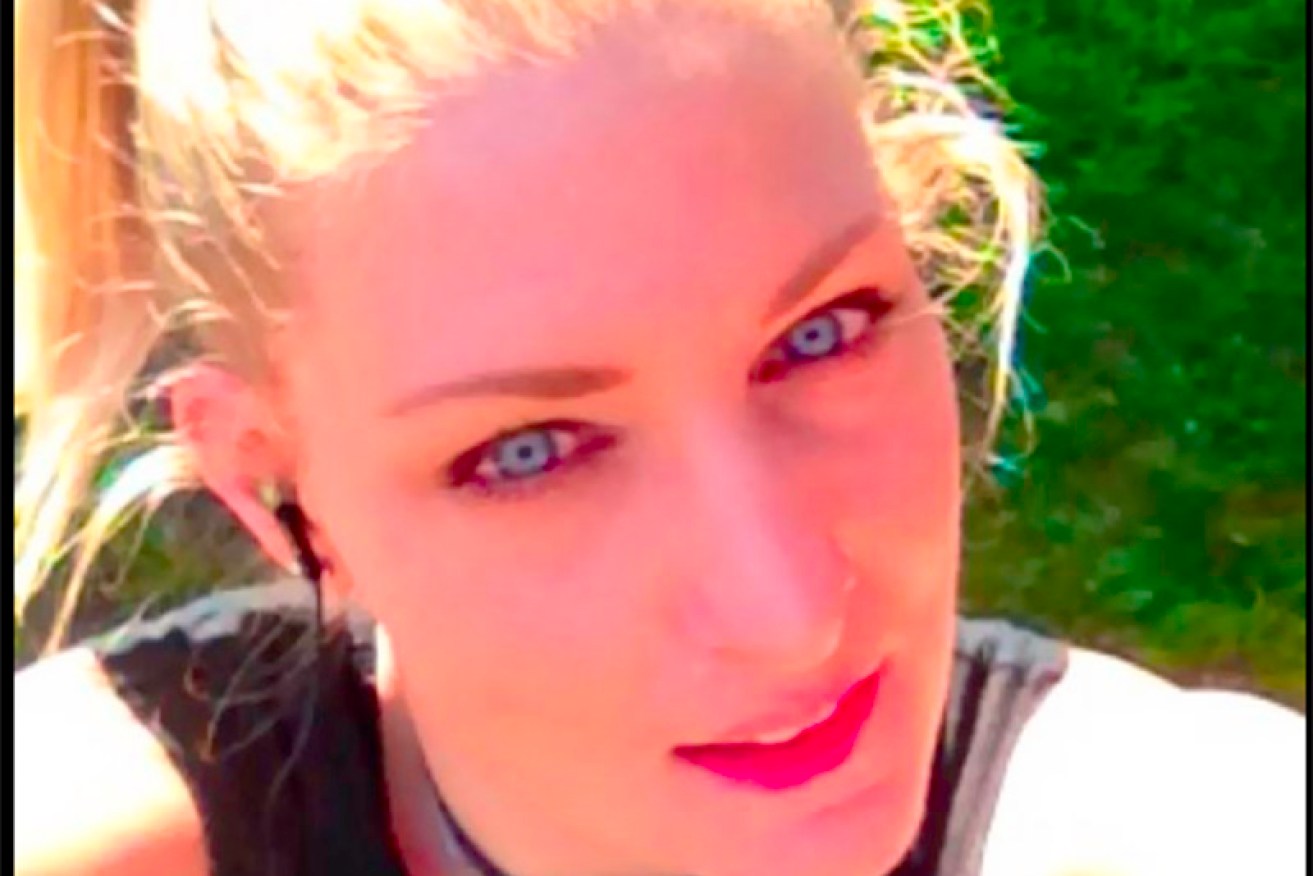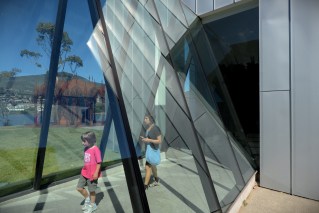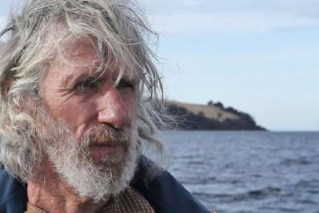‘My life as a paramedic whilst stoned on ice’

A Tasmanian woman has admitted she carried out her work as a paramedic and drove ambulances while high on the drug ice.
Cristy Collins decided to speak out about her addiction to ice because she wanted people to realise how easily it can happen.
Ms Collins did a tour of duty in Iraq in 2006 as an army medic, being part of an Australian Army mentoring team that provided training to the local army.
But when she returned to Australia she struggled to cope.
“I’d jump in a car and I’d be looking for IED’s — that was a habit,” she said.
“I didn’t realise how much it had affected me. I’d hear a loud noise and I’d shudder, or fireworks and I’d shudder.”
She turned to drugs as a means of escape.
When I look back it’s disgusting that I was doing that to people and their families and going and treating these people
Cristy Collins
“I started using ecstasy and speed — they were my escape routes,” she said.
Ms Collins decided to leave both the army and Darwin’s party culture for a fresh start in Tasmania, where her family were living.
But it did not go as planned and soon she “fell in with the wrong crowd”.
“Ice was something that was easily and readily available, and one of the only drugs I could get my hands on, so it became a party drug — use it there, weekends, just a bit of fun,” she said.
Driving an ambulance high on ice
Ms Collins’ recreational use spiralled out of control, to the point where she was spending $500 a week on the drug.
“It made me Superwoman. It was easy to function and to do everything,” she said.
Only she was not Superwoman; she was a paramedic with the Tasmanian Ambulance Service, working and driving an ambulance under the influence of ice.
I thought there were mites in my eyes and I’d picked out all my eyelashes and I had picked my skin. I looked awful
Cristy Collins
“When I look back it’s disgusting that I was doing that to people and their families and going and treating these people, because I would hate someone to go to my family that way,” she said.
Ms Collins said she used ice for the entire five years she was employed as a paramedic but was “highly addicted” and using ice daily for two years before she ultimately resigned.
During that time Ms Collins went to the local emergency department at least half a dozen times suffering drug-induced psychosis.
“I thought there were mites in my eyes and I’d picked out all my eyelashes and I had picked my skin. I looked awful,” she said.
She said she was often discharged with an antibiotic ointment and felt angry she was never psychologically assessed or treated.
“If anyone had asked me, ‘Are you okay?’ I probably would have cracked,” she said.
Drug bust officer recommends therapy
Ms Collins hit rock bottom last year shortly, after her 30th birthday, when she was pulled over by police after visiting a drug dealer.
“They pulled me up and searched my car, found a bag of ice and then I was arrested and taken into custody,” she said.
One of the police officers who arrested her was an army reservist and suggested she seek help through veterans affairs.
The advice proved invaluable.
Ms Collins was diagnosed with post traumatic stress disorder and via counselling came to understand she was using drugs to self-medicate.
Now clean for almost a year, she is calling for better education and services for those battling addiction.
Ms Collins said age and socio-economic stereotypes did not help when it came to profiling ice addicts.
One of the most alarming problems was the drug’s prevalence.
“You’ve got middle class, high class people using the drug, you’ve got children starting to meddle in it,” she said.
“It’s one of the most readily and easily available drugs.”
Drugs used in all professions: expert
Chief executive of Rural Health Tasmania Robert Waterman, who has worked in drug and alcohol counselling for two decades, has become increasingly concerned about drug use in Tasmania’s north-west.
“The recent national drug survey is showing that around 14 per cent of the population aged over 14 years are using illicit drugs now or have recently used an illicit drug,” he said.
Mr Waterman said it would be naive to think that employed people were not among them.
“Drugs don’t discriminate and addiction doesn’t discriminate, so you’ll see drug use in all professions right across all walks of life,” he said.
The National Centre for Education and Training on Addiction at Flinders University in South Australia has been identifying high-risk workforce groups.
Deputy director Ken Pidd said they had found the highest drug use was in construction, transport, manufacturing and hospitality.
“Emergency services is also an industry sector that can have high prevalence rates,” he said.
“Any industry where there’s an elevated risk of stress and safety tends to be a high-risk group.”
Ms Collins said she was never drug tested but believed emergency service workers should be routinely checked.
“Ambulance, police and fire fighters should be drug tested because it’s a critical job,” she said.







